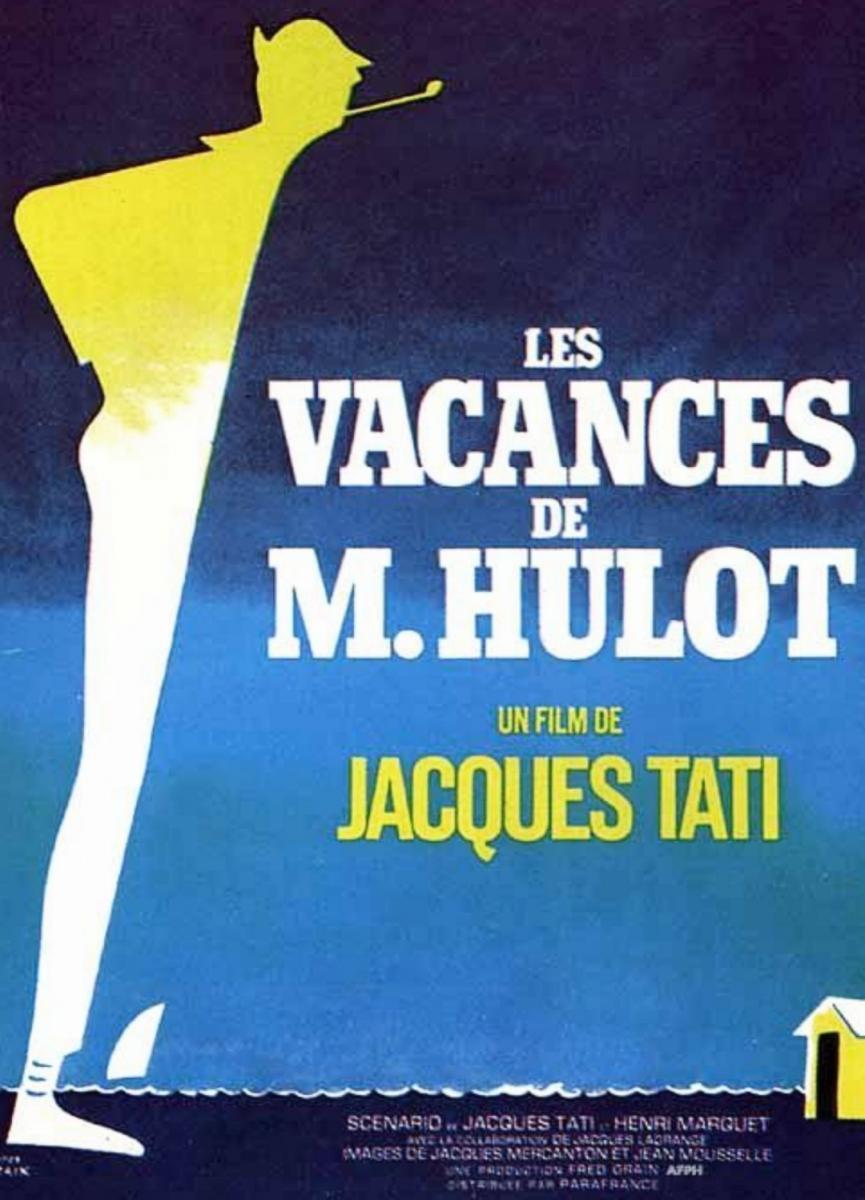
Les Vacances de Monsieur Hulot
Synopsis
When the ever-hapless Monsieur Hulot (Jacques Tati) decides to vacation at a beautiful seaside resort, rest and relaxation don't last long, given the gangly gent's penchant for ridiculous antics. While simply out to enjoy himself, the well-meaning Hulot inevitably stumbles into numerous misadventures, including an utterly disastrous attempt at playing tennis, as he encounters fellow French vacationers from various social classes, as well as foreign tourists.
Technical Innovations
Les Vacances de Monsieur Hulot established many of the techniques that would define Tati's unique filmmaking style:
- Visual Comedy: Tati perfected his approach to gags that unfold at a distance, often using wide shots that invite the audience to discover the humor within a carefully composed frame.
- Sound Design: The film features intricate sound work, with exaggerated everyday noises (like Hulot's bouncy footsteps) and a careful balance of ambient sounds creating a distinctive audio landscape.
- Minimal Dialogue: Tati moves further away from traditional dialogue, with conversations often heard as background murmur while the visual elements carry the storytelling.
- Democratized Frame: Tati's composition allows multiple actions to occur simultaneously, giving viewers the freedom to choose where to focus their attention.
Critical Reception & Legacy
Les Vacances de Monsieur Hulot was a critical success upon its release, winning the International Prize at the 1953 Cannes Film Festival. It introduced Tati's work to international audiences and established him as a major directorial talent.
The film has been consistently ranked among the greatest comedies ever made. In 2012, it was voted the 42nd greatest film of all time in the Sight & Sound critics' poll, and it continues to influence filmmakers who aspire to create visual comedy that transcends language barriers.
The character of Monsieur Hulot became Tati's signature creation, appearing in three subsequent films and inspiring characters like Mr. Bean. The film's leisurely pace, observational humor, and celebration of simple pleasures have made it a timeless classic that continues to delight audiences worldwide.